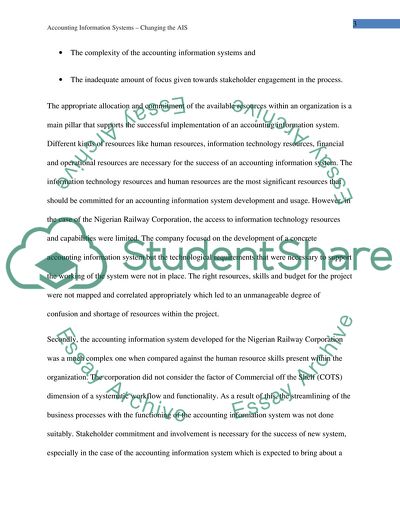Cite this document
(Accounting Information Systems Changing the AIS Research Paper, n.d.)
Accounting Information Systems Changing the AIS Research Paper. https://studentshare.org/finance-accounting/1843502-accounting-information-systems-changing-the-ais
Accounting Information Systems Changing the AIS Research Paper. https://studentshare.org/finance-accounting/1843502-accounting-information-systems-changing-the-ais
(Accounting Information Systems Changing the AIS Research Paper)
Accounting Information Systems Changing the AIS Research Paper. https://studentshare.org/finance-accounting/1843502-accounting-information-systems-changing-the-ais.
Accounting Information Systems Changing the AIS Research Paper. https://studentshare.org/finance-accounting/1843502-accounting-information-systems-changing-the-ais.
“Accounting Information Systems Changing the AIS Research Paper”. https://studentshare.org/finance-accounting/1843502-accounting-information-systems-changing-the-ais.


